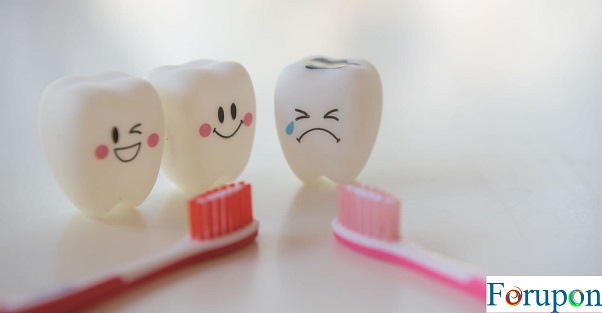Dental Enamel Can Regenerate: Enamel, located on the outer part of our teeth, is the hardest tissue in the body and enables our teeth to function for a large part of our lifetime despite biting forces, exposure to acidic foods, and drinks, and extreme temperatures. This remarkable performance results from its highly organized structure.
For upon |However, unlike other tissues of the body, enamel cannot regenerate once it is lost, which can lead to pain and tooth loss. These problems affect more than 50 percent of the world’s population and so finding ways to recreate enamel has long been a major need in dentistry.
The study, published in Nature Communications, shows that this new approach can create materials with remarkable precision and order that look and behave like dental enamel.
The materials could be used for a wide variety of dental complications such as the prevention and treatment of tooth decay or tooth sensitivity – also known as dentin hypersensitivity.
Scientists regrow tooth enamel in the key discovery that could mark the end of fillings
Scientists have discovered a way to grow back tooth enamel, a development that could spell the end of fillings as a method to repair cavities.
A team of researchers of China’s Zhejiang University were able to create a gel that makes tooth enamel repair itself, they wrote in the science journal Science Advances.
Enamel is the mineralized substance that covers the surface of teeth. Its highly complicated structure, with enamel rods interwoven with inter-rods in a fish scale pattern, makes it the hardest tissue in the human body.
Enamel is formed biologically, but once mature it becomes acellular and thus is devoid of the ability to self-repair.
As a consequence, caries – or tooth decay – are one of the most prevalent chronic diseases in humans, Zhaoming Liu, Ruikang Tang, and ten other Chinese scientists wrote in their paper.
Resins, ceramics, and amalgam fillings can be used to restore enamel, but they don’t achieve permanent repair and can become loose because they are made of foreign materials.
Enamel has also long eluded scientists. According to the scientific paper, enamel’s structure was never duplicated artificially.
The scientists tested the product on damaged human teeth that had been removed from patients and kept in a solution that recreates the mouth environment.
The gel succeeded in making the enamel repair itself within only 48 hours, the scientists wrote.
They said a major shortfall of the gel is that it only managed to generate a layer of about 3 micrometers – about 400 times thinner than undamaged enamel.
The New Scientist reported that the scientists were currently testing the gel on mice and hope to test it on people – in natural circumstances in which they eat and drink – at a later stage.
Nearly three in four (74 percent) of British adults have had a tooth removed, according to the Oral Health Foundation.
The article was originally published here.


Comments are closed.